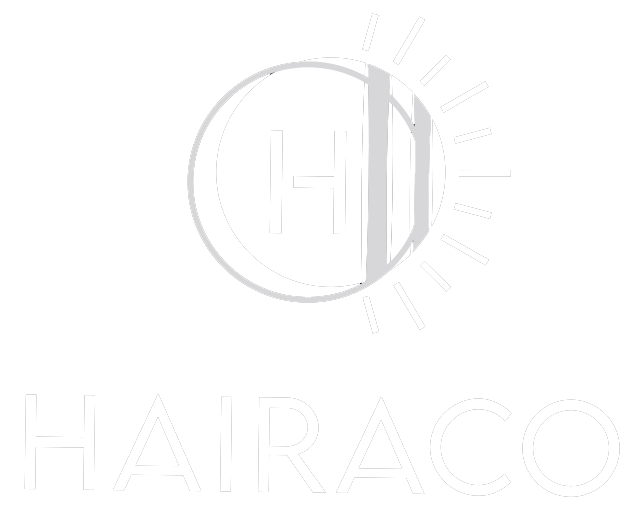To maintain top-notch performance and ensure precise haircuts, regular scissor sharpening is crucial for any hairdresser. Sharp scissors not only provide clean cuts but also reduce hand strain and extend the lifespan of your tools. This guide will walk you through the importance of scissor sharpening, signs that your scissors need sharpening, and best practices for maintaining their edge.
Why Scissor Sharpening Is Important
Hairdressing scissors are finely tuned tools designed for detailed work. Over time, frequent use can dull the blades, resulting in inefficient cutting and potential damage to the hair. Sharp scissors slice through hair smoothly, reducing split ends and creating cleaner, more precise styles. Additionally, well-maintained scissors help avoid repetitive strain injuries by requiring less force, making your work more ergonomic.
Signs Your Scissors Need Sharpening
Knowing when your scissors need sharpening can be the difference between an excellent haircut and a disappointing one. Here are some key indicators:
- Pushing or Pulling: If the hair is being pushed or pulled rather than sliced cleanly, it’s a clear sign your scissors need attention.
- Uneven Cutting: If your scissors leave jagged edges or inconsistent cuts, sharpening is required.
- Increased Effort: If you find yourself applying more pressure than usual, it’s time for maintenance.
- Audible Noise: A grinding or crunching sound can indicate blade dullness.
Sharpening Techniques
There are multiple methods to sharpen hairdressing scissors, each with varying degrees of efficacy and expertise required. Here are some common techniques:
Using a Sharpening Stone
A sharpening stone, or whetstone, is a traditional and effective tool for sharpening scissors. Here’s how to use it:
- Choose the Right Grit: Start with a coarse grit to reset the edge, then move to a finer grit for polishing.
- Lubricate the Stone: Use water or honing oil to lubricate the stone, enhancing its effectiveness.
- Positioning: Hold the scissors at a 30-45 degree angle, matching the blade’s bevel.
- Sharpening: Slide the blade across the stone in a sweeping motion, maintaining consistent pressure and angle.
- Polishing: Once sharpened, use the finer grit to polish the edge for a smoother cut.
- Cleaning: Clean the blades with a soft cloth and test their sharpness on a small section of hair.
Professional Sharpening Services
If you’re unsure about sharpening your scissors yourself, consider using professional services. Many companies offer expert sharpening, ensuring your scissors are perfectly honed without the risk of damage. This is often the best option for high-end or specialized shears.
Electric Sharpeners
Electric sharpeners are user-friendly tools designed specifically for hairdressing scissors. While convenient, they may not be suitable for all types of shears and can sometimes lead to uneven sharpening if not used correctly. Always follow the manufacturer’s guidelines for the best results.
Maintenance Tips
To prolong the sharpness of your scissors and reduce the frequency of sharpening, adhere to these maintenance tips:
- Regular Cleaning: Clean your scissors after each use to remove hair, product residue, and moisture.
- Proper Storage: Store your scissors in a protective case or dedicated holder to prevent nicks and damage.
- Lubrication: Apply a drop of scissor oil to the joint regularly to ensure smooth operation.
- Avoid Dropping: Accidental drops can misalign the blades and dull the edge.
- Use Hairdressing Shears Exclusively: Never use your hair cutting scissors on anything other than hair to maintain their sharpness.
For exceptional haircuts and a longer lifespan of your tools, consider investing in quality hair grooming tools from reliable suppliers like hairaco supplies. Regular maintenance and proper sharpening techniques will keep your hairdressing scissors performing at their best, ensuring client satisfaction and professional results every time.

